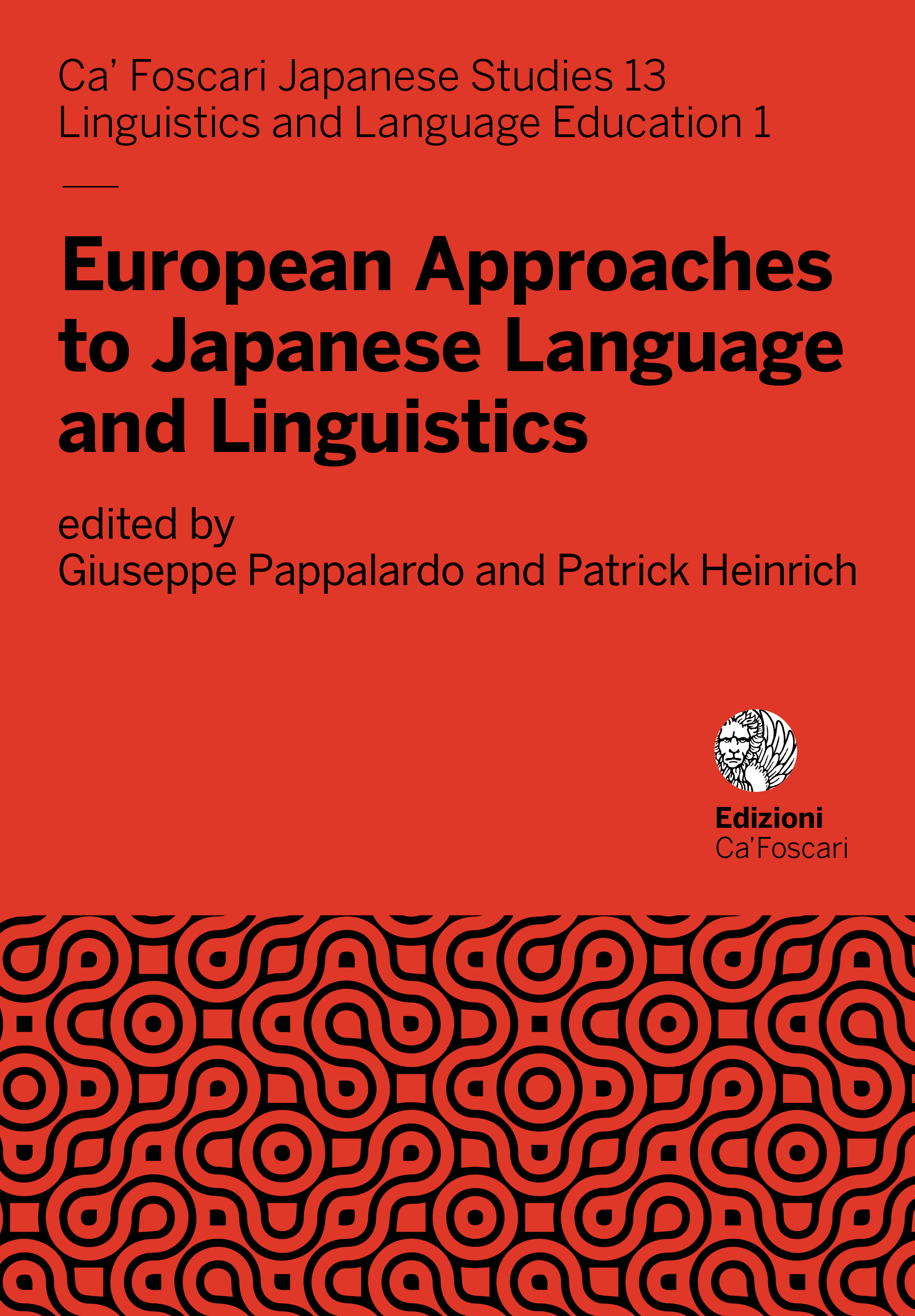- search 218 views
- file_download 14 download
- keyboard_capslock metadata
-
mark_email_readIscriviti alla newsletter
Syllable Weakening in Kagoshima Japanese
An Element-Based Analysis
abstract
This paper examines syllable weakening or nisshōka (入声化) in Kagoshima Japanese (KJ), where high vowel apocope feeds lenition, leading to correspondences such as Tōkyō Japanese (TJ) [kaki] ‘persimmon’ and Kagoshima [kaʔ]. The traditional pattern noted in the literature is quite clear. Apocope elides stem-final /u/ or /i/. The preceding onset is lenited in one of four ways: 1) stops and affricates are debuccalised (/kaki/ > [kaʔ] ‘persimmon’); 2) fricatives undergo voicing neutralisation (TJ [kazu] > KJ [kas] ‘number’); 3) nasals undergo place loss (TJ [kami] > KJ [kaɴ] ‘paper’); 4) rhotics undergo gliding (TJ [maru] > [maj] ‘round’). This paper presents an initial analysis of the data within Element Theory representational framework.
Keywords: Segmental Structure • Phonology • Japanese dialects • Kagoshima Japanese • Theory • Lenition




